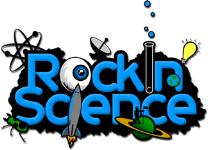
Reionization is a critical period when the first stars and galaxies changed the physical structure of their surroundings, and eventually the entire universe. Established theories state that this epoch ended around 1 billion years after the Big Bang. However, if calculating this milestone using observations from the James Webb Space Telescope (JWST), reionization would have ended at least 350 million years earlier than expected. That’s according to a new paper published in Monthly Notices of the Royal Astronomical Society: Letters.
Throughout its history, the universe has undergone several major changes...
Read More









Recent Comments